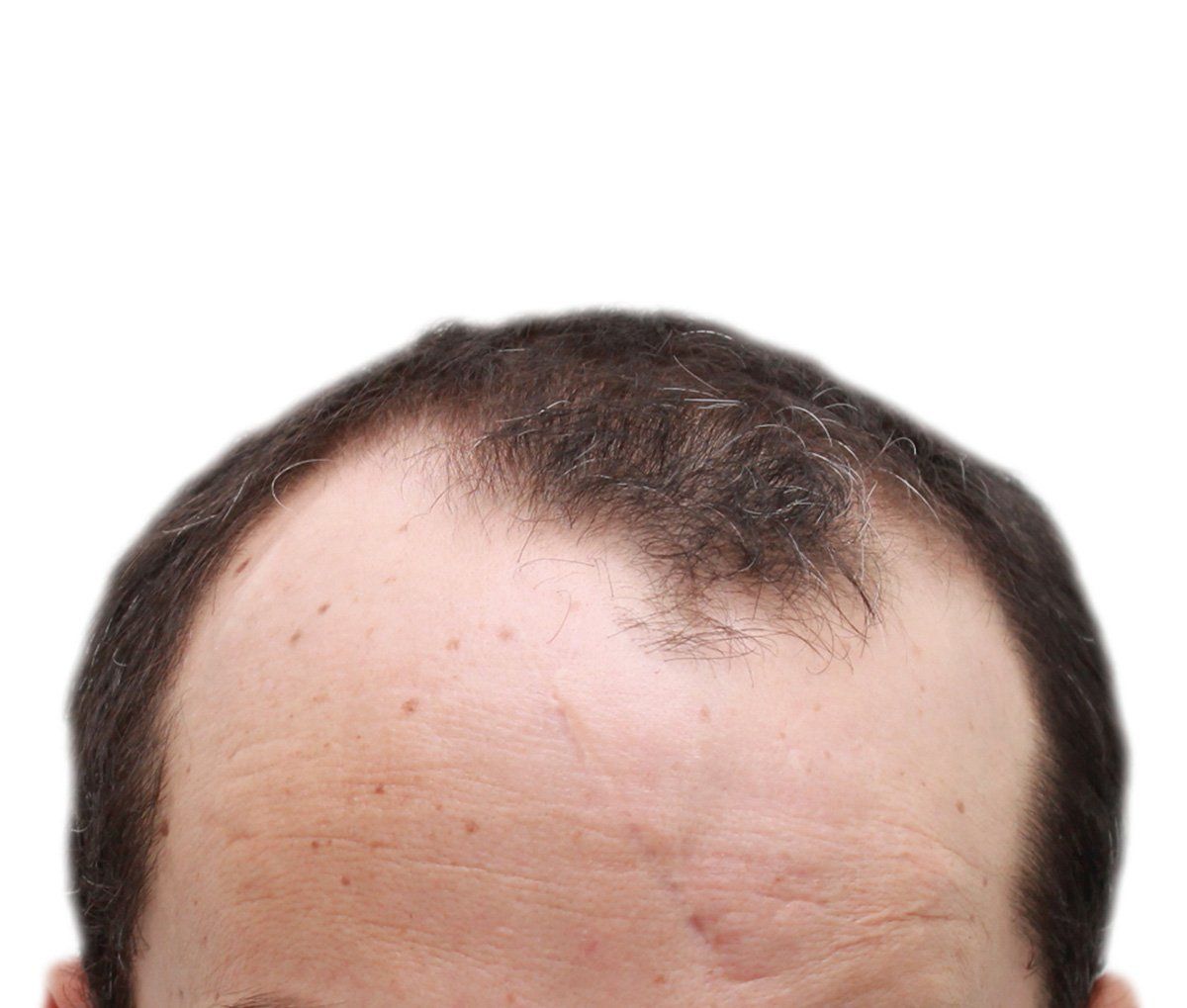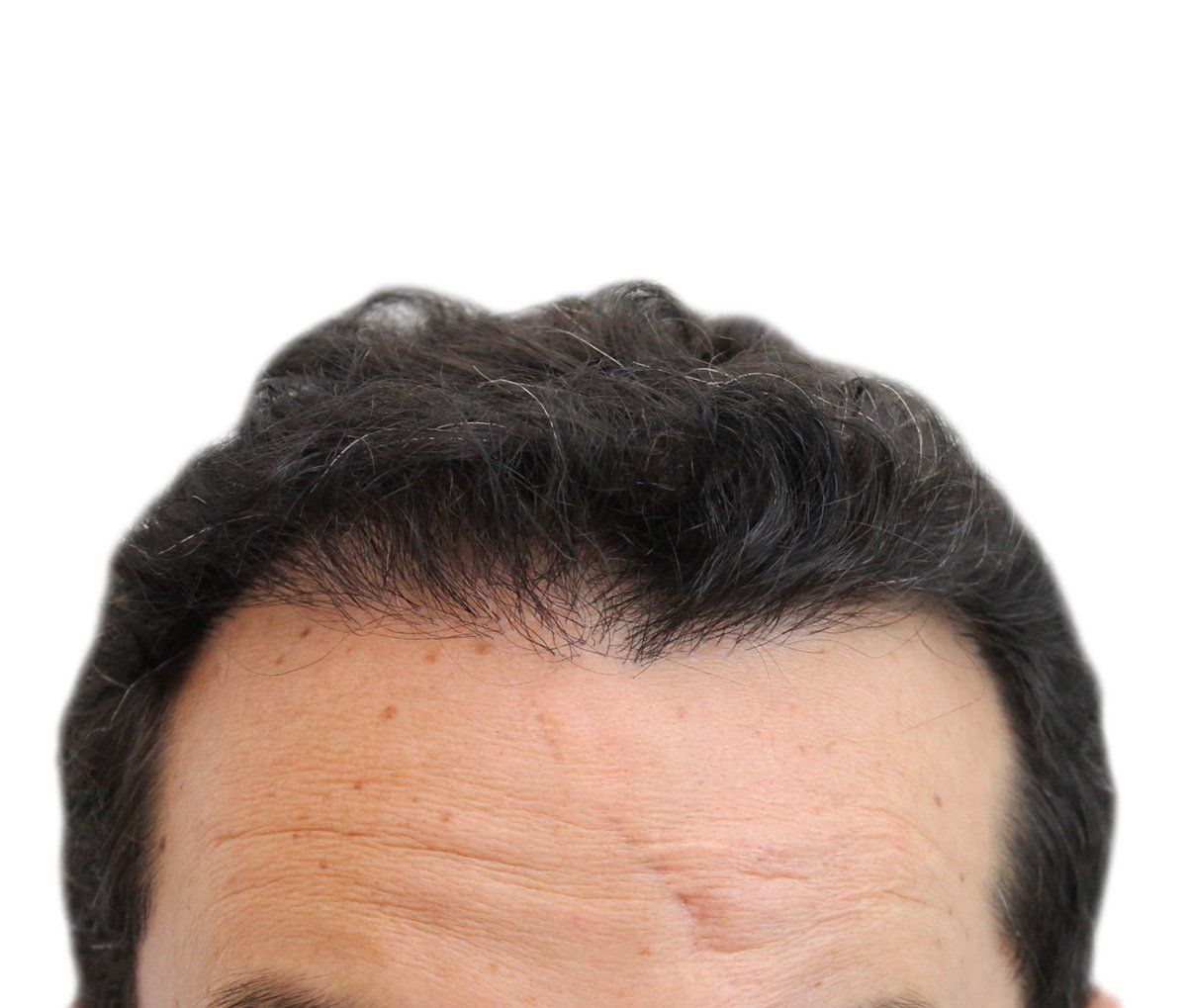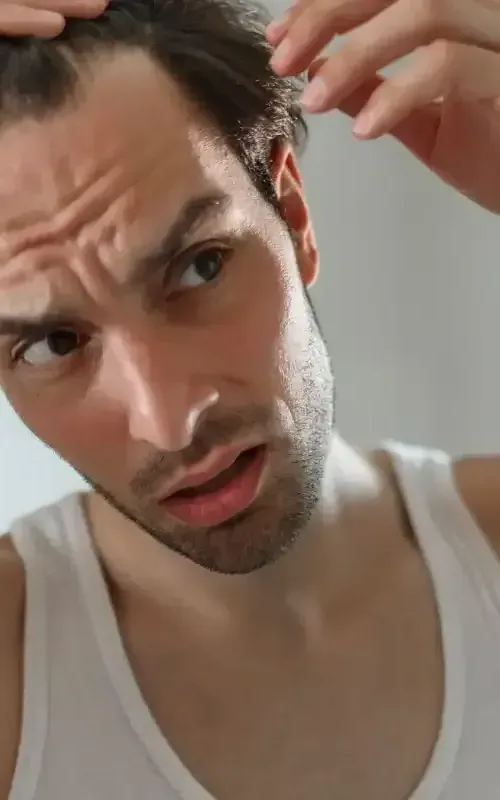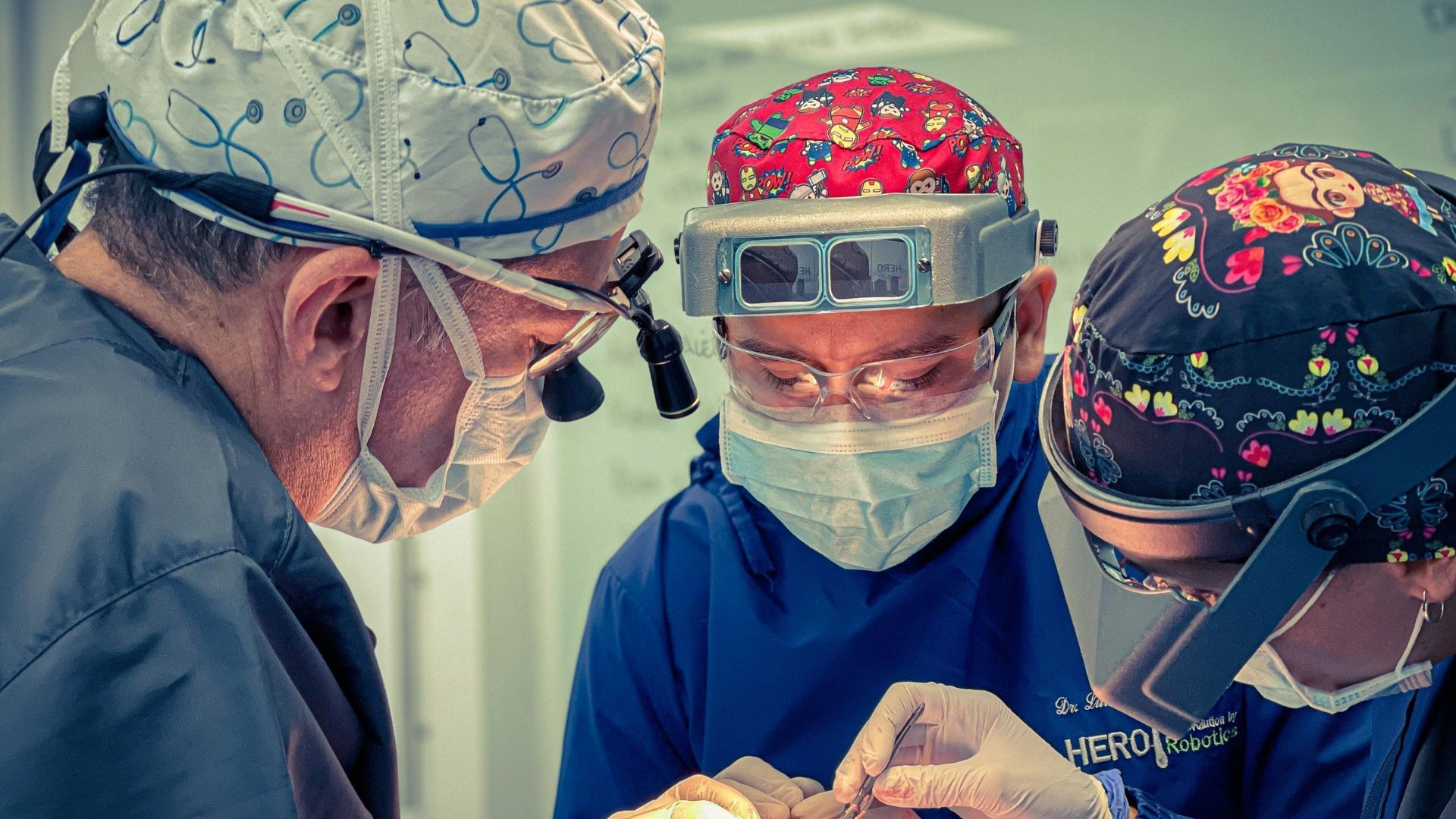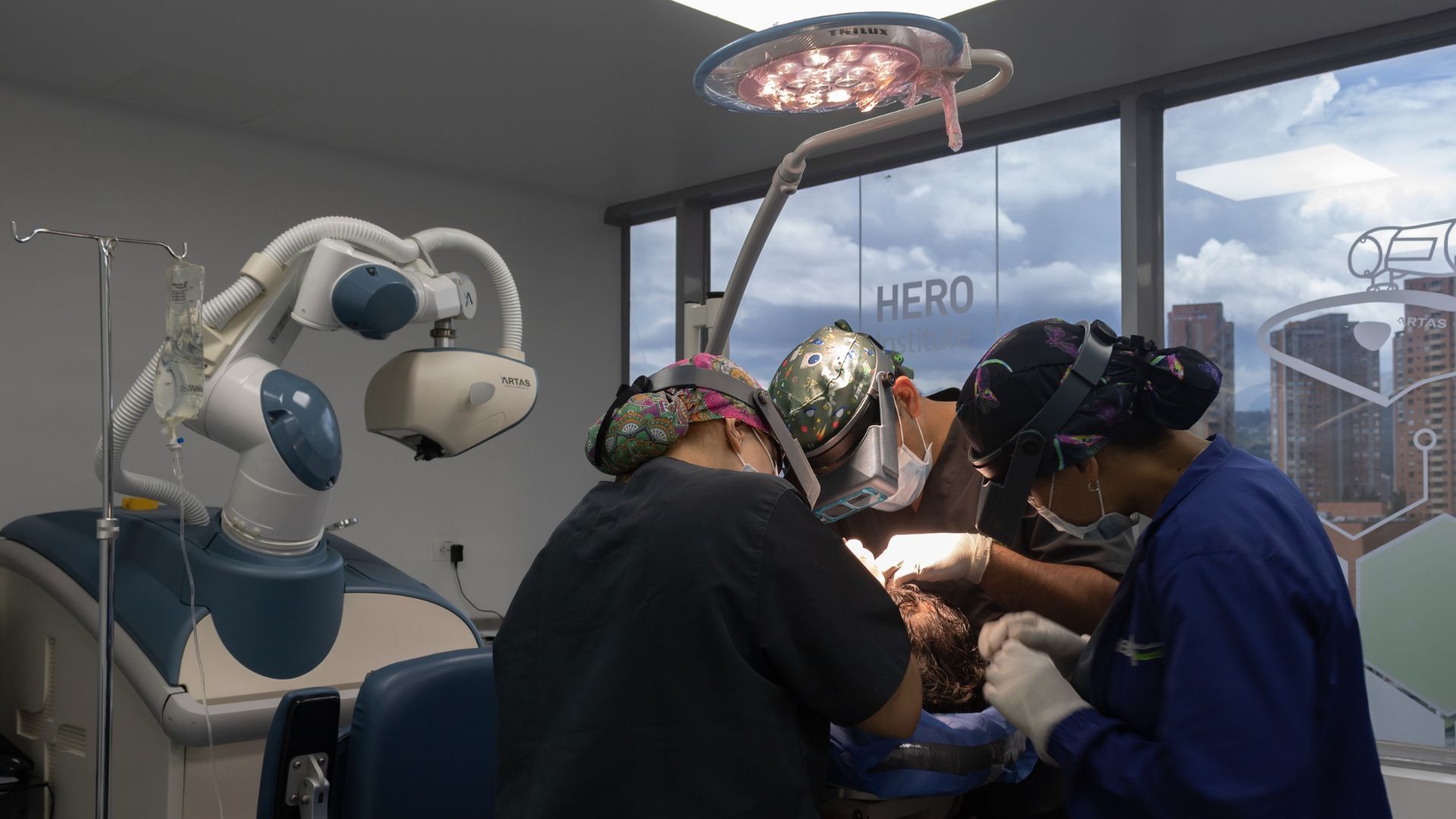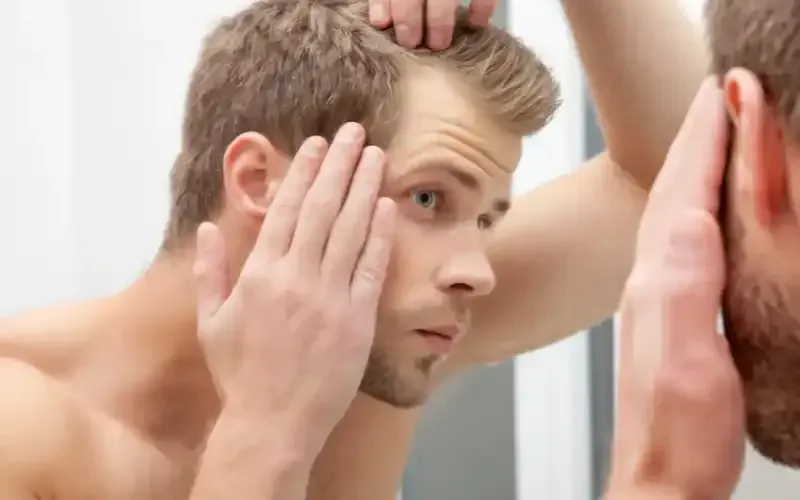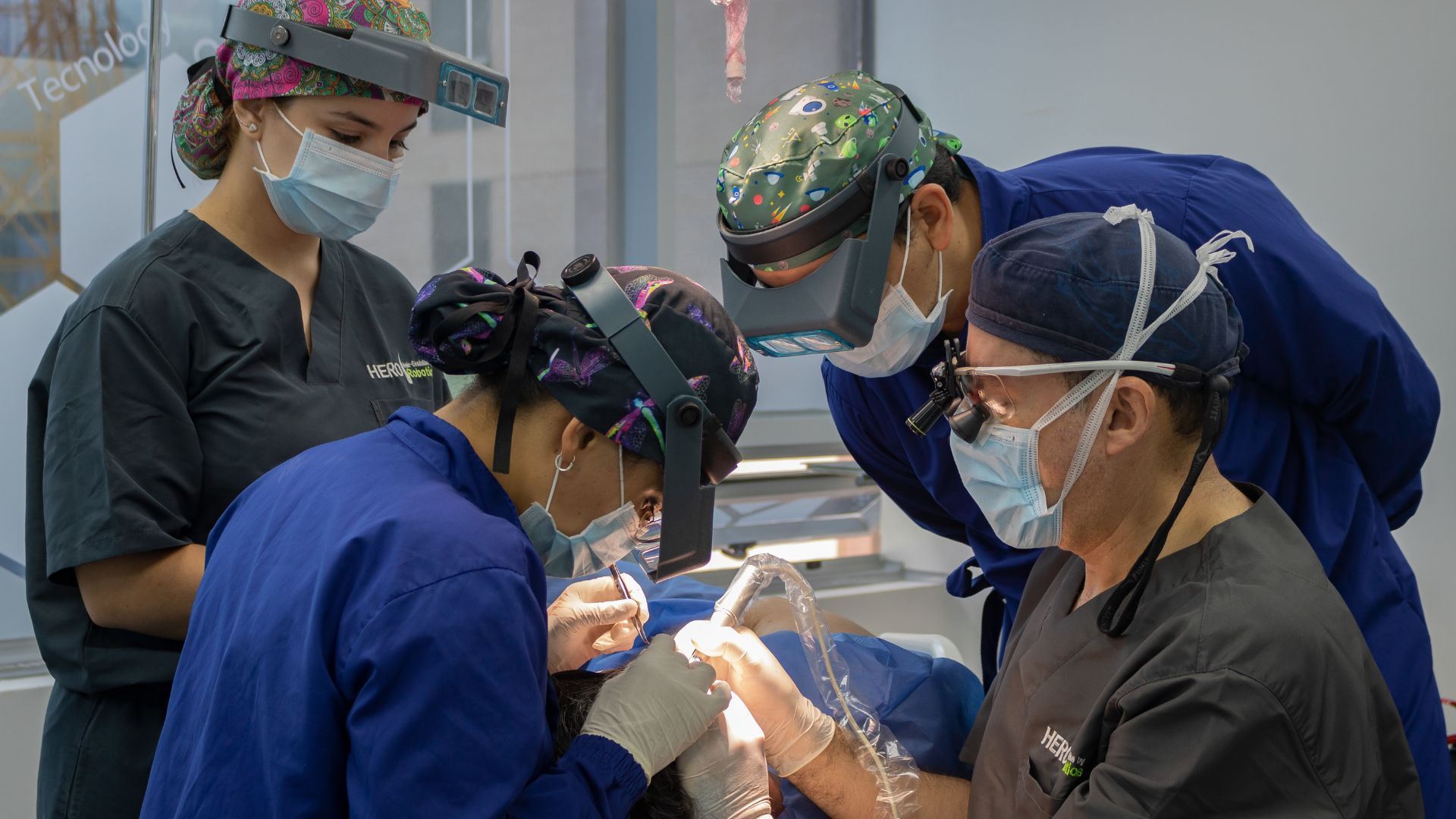Hair Transplant Shedding: Why It's a Good Sign & How Long It Lasts
You've likely done your research on
hair loss treatments and decided to take the plunge, hopeful that you can turn back the tide of thinning hair and regain your former fullness. But then the shedding starts, sometimes more aggressively than before, leaving your brush and shower drain clogged with strands. Don't despair. This is a normal part of the process as hair follicles transition and synchronize into new growth phases. Understanding the science behind treatment-related shedding will help you stick with it through the awkward months until those new hairs can sprout. With patience and diligence, you can get through this period and realize the full benefits of proven hair loss treatments.
Why Shedding Occurs During Hair Loss Treatment
When beginning a hair loss treatment like finasteride or minoxidil, an initial increase in shedding is common. This happens as the treatments work to synchronize your hair growth cycles. Hair follicles are stimulated into a new anagen or growth phase, causing many follicles to shed resting hairs at once before new growth begins.
This “shedding phase” can last 2-6 weeks for most people and the amount of hair shed each day may seem alarming. However, it is a sign the treatment is working. The hair follicles are reactivating, preparing to produce new, healthy hair growth. While disconcerting, increased shedding at the start of treatment is temporary. If you remain on the treatment as directed, shedding will subside and new hair growth will become visible within 3-6 months.
Some tips to help minimize treatment-related shedding include:
- Start treatment when hair loss is less noticeable, like during winter. This allows new growth to start before warmer weather when hair is more visible.
- Use a mild shampoo and conditioner. Harsh hair products can further irritate the scalp during this sensitive phase.
- Limit heat styling and coloring treatments. These can weaken hair already prone to increased shedding.
- Try supplements like biotin or prenatal vitamins. Supplements encourage hair health and may help offset temporary shedding.
- Be patient through the shedding phase. It can last 6-8 weeks, but new hair growth will follow if you remain consistent with treatment. Stopping treatment will only restart the hair loss cycle, causing you to shed without the benefit of new hair growth.
Staying the course through temporary increased shedding is critical. While alarming, it signifies your follicles are reactivating and new hair will grow. With consistent treatment, shedding will subside and thicker, fuller hair will start to appear.
How Long Will the Shedding Phase Last?
The shedding phase, also known as the initial hair loss from treatment, typically lasts between 2 to 6 months for most users. However, it can continue for up to a year in some cases. The duration depends on several factors, including:
- The cause of your hair loss and extent of miniaturization of hair follicles. More advanced hair loss often leads to longer shedding periods.
- The treatment used. Medications like Finasteride typically have shorter shedding phases than treatments like low level laser therapy or microneedling which stimulate new growth.
- Your hair's growth cycle. Hair follicles go through stages from active growth (anagen) to rest (telogen) to shedding (exogen). Treatments disrupt this cycle, so the shedding phase will last until your follicles synchronize again.
- Individual response. Some people are more sensitive to the effects of treatments and experience longer shedding, while for others it may be over within a month or two. Genetics and lifestyle also play a role.
Though disconcerting, shedding is a sign the treatment is working. Hair follicles are being stimulated, disrupting their usual growth patterns. The result is weaker hairs being shed to make room for new, stronger hair to emerge. The key is to be patient through this phase. Continuing treatment as directed will allow the shedding to subside and new hair growth to become visible. Using supplements like biotin, multivitamins, or low-level laser treatment (LLLT) can also help support hair during the shedding process and encourage new growth.
Within 3 to 6 months of starting treatment, most will notice shedding levels decrease significantly as hair regrowth begins. Continued use of medication or procedures will further strengthen hair, leading to visible results. By the 1 year mark, most will see notable improvements in hair growth, thickness and coverage.

What can I do to minimize shedding?
While shedding is unavoidable, there are a few tips to help reduce excess loss:
- Use a mild shampoo and conditioner. Harsh hair products can dry out the scalp and hair, leading to increased breakage.
- Limit use of heat styling tools. Too much heat can damage hair and cause temporary shedding.
- Try scalp massage. Gentle scalp massages increase circulation to hair follicles, which may help improve hair growth over time.
- Take supplements. Biotin, nioxin, and viviscal are supplements shown to support hair health and possibly minimize shedding. However, always talk to your doctor before starting any supplement.
- Reduce stress. Stress can negatively impact hair growth. Try relaxation techniques like yoga or meditation to lower stress levels.
The most important thing is to remain patient and consistent with your treatment regimen. Shedding is a sign the treatment is working to push out weak hair and stimulate new growth. Continuing as prescribed will lead to thicker, stronger hair over the long run. If shedding persists longer than 3-4 months, consult your physician. They may need to adjust or change your treatment plan.
Conclusion
While shedding after beginning a new treatment may be alarming, try to keep perspective on the bigger picture. With patience and consistency, most people will see regrowth after an initial shed. Stay the course, trust the process, and continue being proactive with treatments, diet, exercise, and reducing stress. In time, your hair should stabilize and the benefits of treatment will become apparent if you stick with it. You've taken the first step by starting treatment. Now focus on nourishing your body and scalp so those follicles can thrive again. Brighter days are ahead.
Frequently Asked Questions
Why am I losing more hair after starting a hair loss treatment?
This shedding happens because the treatment synchronizes your hair follicles, pushing out older, weaker hairs all at once to make room for new, stronger ones to grow.
Is this initial shedding a bad sign?
No, it is a positive sign. This temporary shed indicates that the treatment is working correctly by stimulating your follicles and starting a new, active growth phase.
How long does the shedding phase typically last?
The initial shedding phase is temporary and generally lasts between 2 to 6 months for most people before it subsides and new growth becomes visible.
Should I stop my treatment if my hair is shedding?
No. It is critical to continue the treatment consistently. Stopping now will halt your progress, and you will lose the benefits of the new growth cycle that the shedding indicates is beginning.
When will I see new hair growth?
After the initial shedding phase ends, you can expect to see the first signs of new hair growth within 3 to 6 months of starting consistent treatment.

We can help!
If you’re experiencing hair loss and looking for a hair restoration solution that’s right for you—congratulations! You’ve come to the right place. HERO Hair Institute is the best hair restoration clinic in Colombia, providing proven permanent hair transplant techniques and non-surgical hair loss solutions.
With over 20 years of experience, HERO Hair Institute offers you the best quality procedures in a safe, relaxed and comfortable environment. Thousands of men and women have come to HERO Hair Institute for the answers to their hair loss and hair restoration questions.
